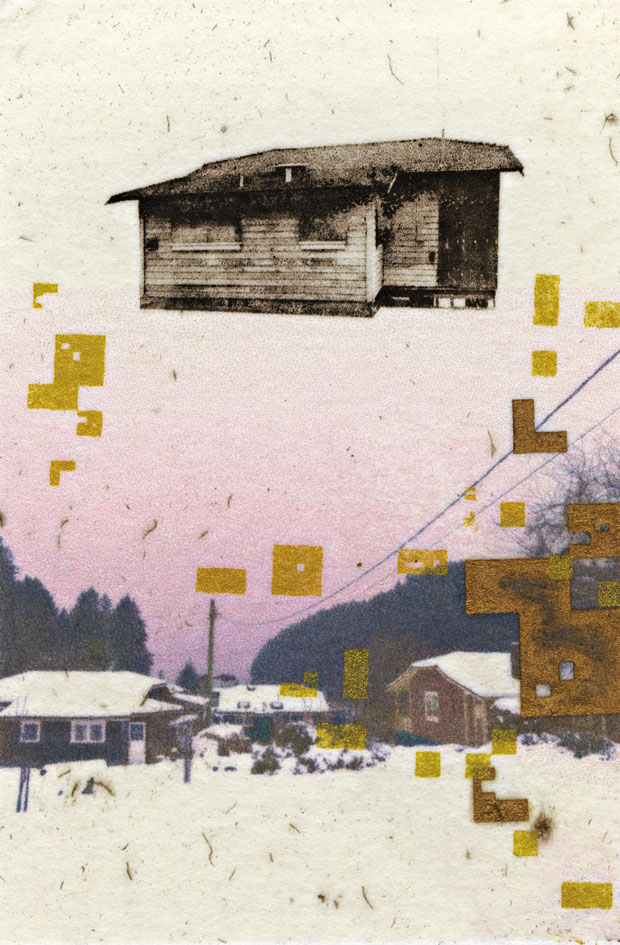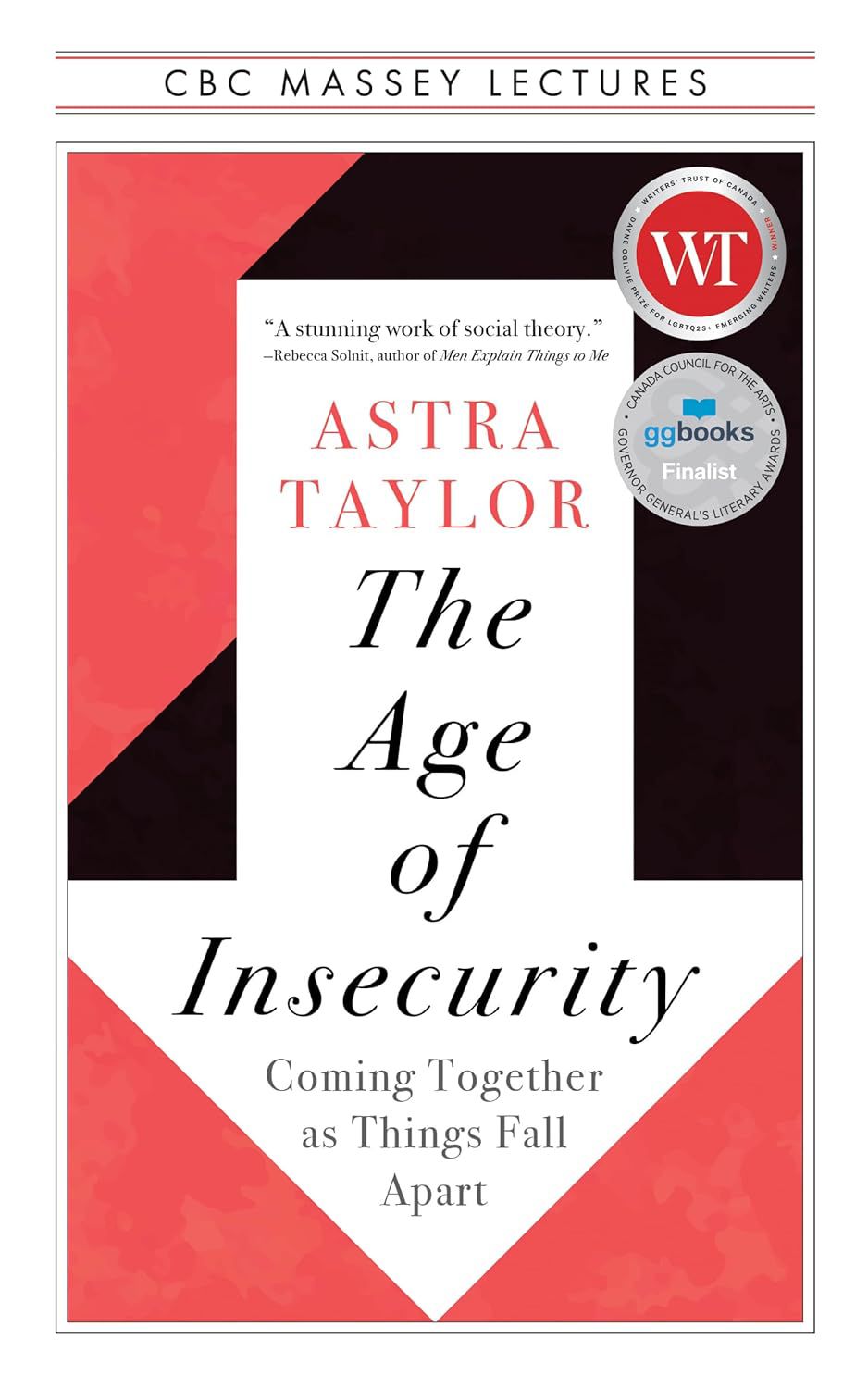The title of the book Working with Wool, A Coast Salish Legacy and the Cowichan Sweater by Sylvia Olsen (Sono Nis) and the promotional material surrounding it, imply that this is a history of the Cowichan sweater—which it is, but the book is much more than that. The Cowichan sweater, and its predecessors, the blankets woven by Coast Salish women using a mixture of white dog hair (from a breed raised for this purpose) and mountain goat wool, were important trade items, so by telling the story of the woolworkers of Vancouver Island, Olsen illuminates the nuanced and multi-levelled relationships between indigenous islanders and their newly arrived white neighbours. With increased settlement, the mountain goat population decreased, so the Coast Salish weavers began using wool from sheep that the settlers brought in, and they soon learned to use knitting needles, spinners and carders and began knitting sweaters, to which they added their unique designs. Sweater making became a thriving home-based business that allowed the Coast Salish people to earn money and explore their individual creativity, but although the colonials supported this industry, they did whatever they could to keep it from competing with the mainstream economy. The story of the Coast Salish woolworkers is an important story of people who persevered and adapted—and worked their fingers to the bone—in order to survive in a changing world. As Olsen states in the introduction, “until British Columbia and Canada know and understand their shared history with indigenous people, the province and the country will not fully mature.” This luscious book, stuffed with historical photographs, is an engrossing way to enhance our understanding.








